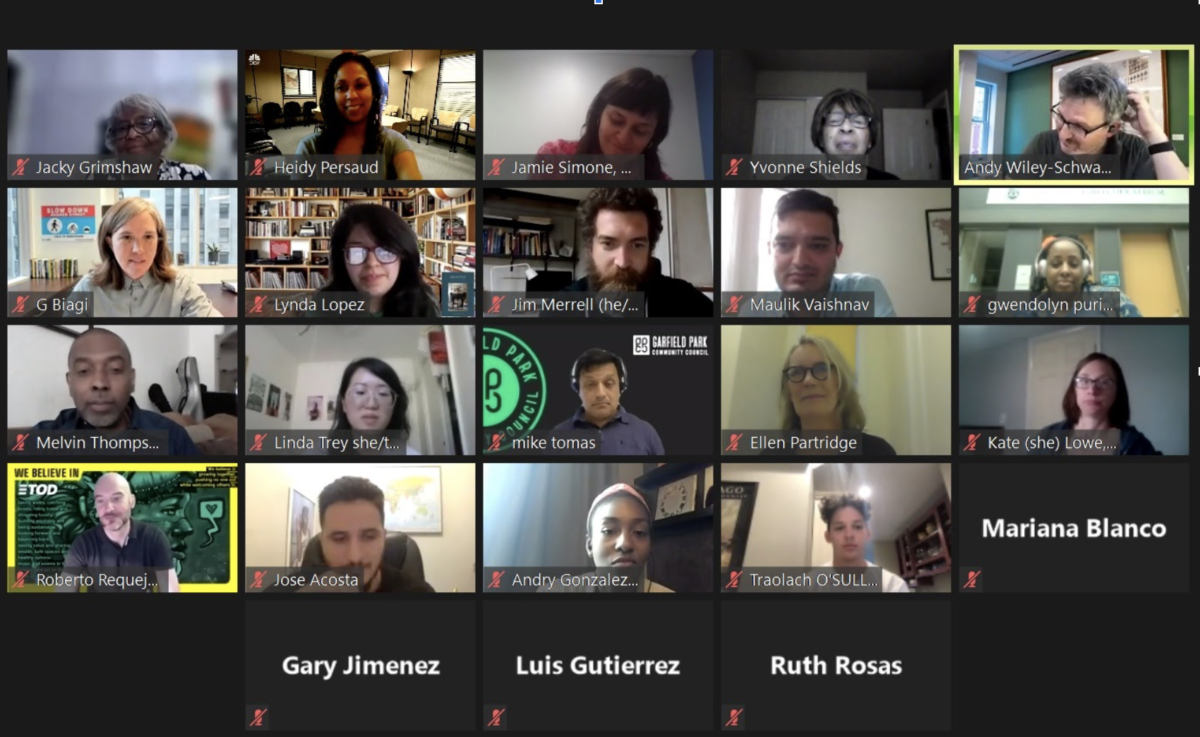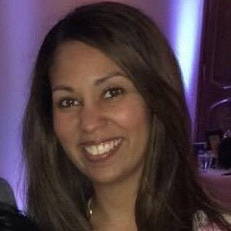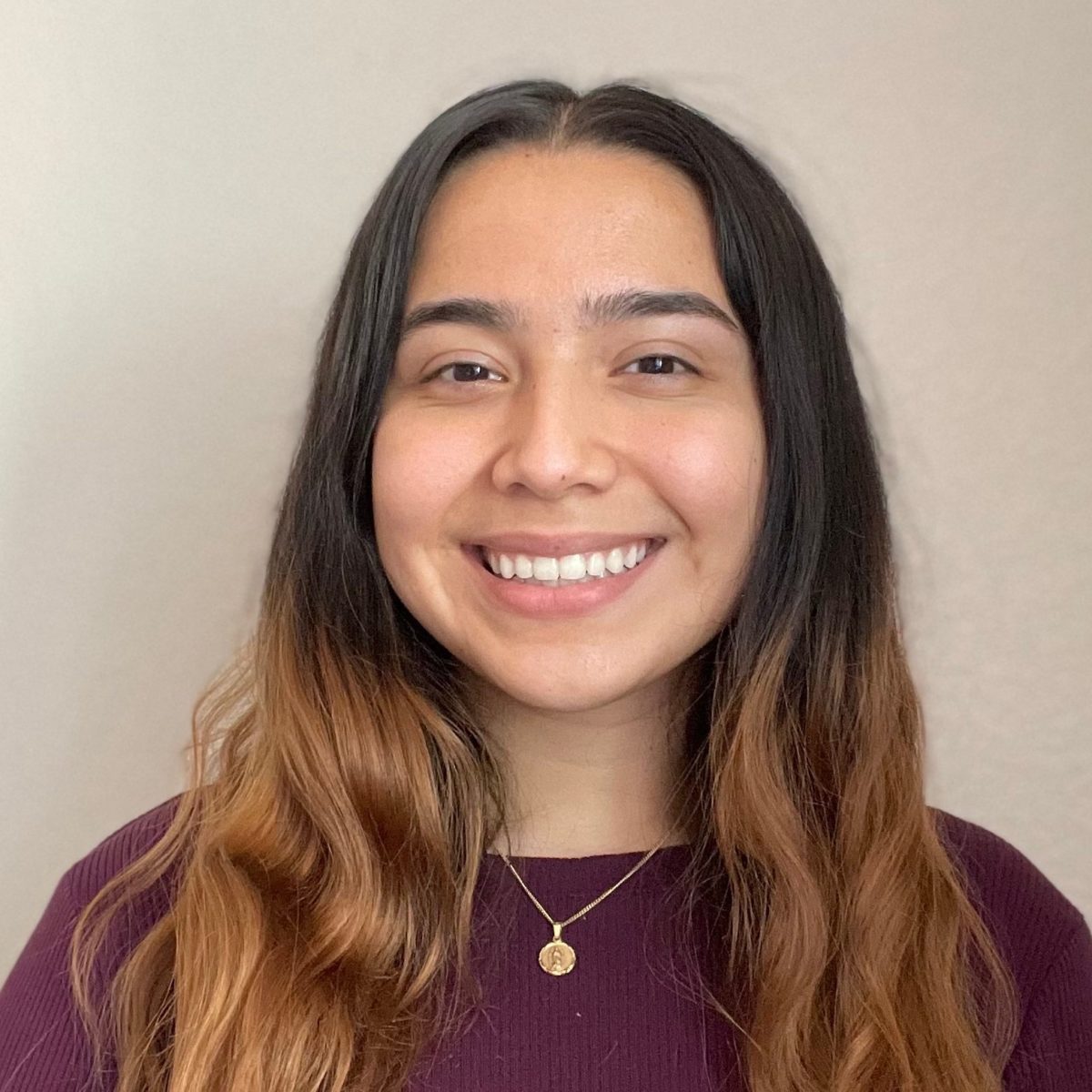
In Michelle Obama’s book, Becoming, she writes about the challenge of taking multiple buses from her South Side Chicago home to get to school or work downtown. Her story is well known, but not unique to most West and South Side Chicago residents who face daily challenges navigating a transit system that doesn’t seem designed for them.
To address this problem head-on, the Chicago-based non-profit Center for Neighborhood Technology (CNT) incubated a program specifically targeting transportation and community development, called The Transportation Equity Network (TEN). CNT originally was founded to address environmental sustainability, social equity, and technology in communities of color and low-income communities, but through conversations with local community partners, they saw a growing need to create TEN to work toward embedding racial equity and mobility justice into transportation decisions in communities through capacity building and community support.

“TEN has received a lot of attention because it addresses transportation equity concerns with the communities that it impacts directly—community-based organizations that are working directly with their residents at the table and providing that feedback,” says Transportation Equity Director Heidy Persaud.
Working behind the scenes, Persaud is involved in getting nearly 30 community-based organizations to the table. She explains how there has to be a level of “trust, respect, and partnership in place” in community outreach. “I coordinate with the co-chairs, the organizations, and make sure the administrative tasks are in,” Persaud said. “I work with transit agencies and municipalities to help coordinate the project for both sides.” Through her work at TEN, she acts as the “bridge” between TEN and the transit agencies/municipalities. (TEN comprises community groups, transportation advocates, civic orgs, etc.).
The city of Chicago is known for being a segregated city, with the South and West sides home to the majority of Black and Brown residents, low-income residents, and disabled residents. With some of the city’s worst connections to transit—the highest crash rates occur in these areas of Chicago, as well—TEN helps address the lack of infrastructure and traffic and community safety.
“We’re addressing past harms head on, ensuring that communities with unequal transportation access are involved in their improvement so that change doesn’t come without speaking to them,” says Persaud. “They need to have the opportunity to be a part of those initiatives and part of the solution.”
TEN’s overarching goal is to have a transportation network serving the greater Chicago area that works for everyone, especially those who most need it to get to work, can’t afford cars, or live far from basic services and amenities. When more people use public transit, there are fewer cars polluting the environment—addressing Energy Foundation’s mission to secure a clean and equitable energy future for all.
“Members of the Transportation Equity Network have shared that they just want what everyone else has,” says Persaud. “They just want equality. They want to have access to the same services. They want historic [transit] disparities addressed—the racism, the disadvantages, and everything that’s happened in the past that hasn’t been addressed today. They want government and transit agencies to come back, invest in them, and improve.”
As TEN moves forward and continues to grow, Persaud is advocating for end results to be shared publicly so that the public and decision-makers are aware of what the agencies are doing and can learn more about the projects going on in their community that serve them. Sharing those results would be “really great for holding agencies accountable for the change that they say they’re going to implement,” says Persaud.
TEN hopes to continue their efforts toward transportation equity through several projects, including the Chicago Department of Transportation (CDOT) Strategic Plan. More information outlining TEN’s involvement with the Strategic Plan for Transportation can be found here.
________________
 Story author Giselle Garcia served as an Energy Foundation intern in the summer of 2021.
Story author Giselle Garcia served as an Energy Foundation intern in the summer of 2021.

